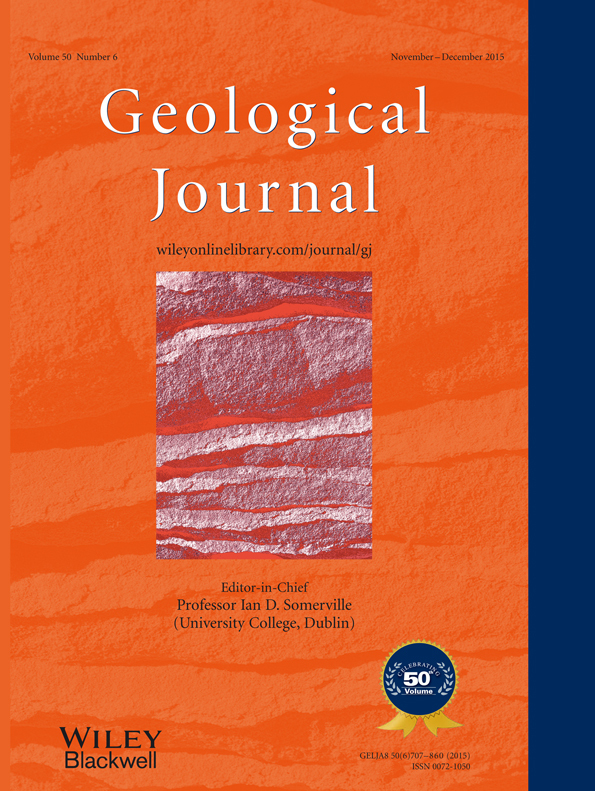Teeth: A very Short Introduction by Peter S. Ungar. Oxford University Press, Oxford, 2014. No. of pages: 137. Price: UK£7-99. ISBN 978-0-19-967059-8 (paperback)
My home institution, Naturalis, is a centre for research on fossil teeth, particularly those of micromammals, but I admit to having only a superficial knowledge of the subject. I can pick out a bat molar or rodent incisor in a sediment sample, but then I pass them on the experts. My own ignorance was the main reason for reading Teeth; I sought scientific elucidation and am pleased to report that I found it in a book that is both educational and informative.
Teeth is a well-produced paperback, which I slipped easily into my trouser pocket. It is written in an engaging style and is particularly well illustrated with line drawings and photomicrographs. The only real blemish is one bizarre sentence that escaped the notice of the proof readers, ‘… a matter Harvard of less dentine rather than more enamel’ (p. 113). Harvard?
The structure of this book is just right, easing the reader in, hitting them with the important terminology early (so you know which pages to dog-ear for reference later), explaining function and then moving through the gears of the animal kingdom, teeth in invertebrates, vertebrates, mammals and hominins. The real logjam for any reader is Chapter 2, ‘Types and parts of teeth’, where the terminology used in naming and describing teeth is introduced, following a steep learning curve. It was reassuring when a knowledgeable colleague admitted that they would often need to refresh their memory of this jargon – it can confuse even the experts! The cover of this paperback is generously folded in at front and back, and a wise student of teeth might use these to note this terminology as an aide-mémoire for use with later chapters.
Unger's tale is essentially one of evolution, with more convergence of form than might have been anticipated; there are many arrangements of teeth, but some basic forms that fit a particular eating habit pop up repeatedly. Thus, similarity of morphology is not necessarily an indication of an evolutionary relationship but may rather point to correspondence of function.
Chapter 7, ‘Human teeth and their history’, was particularly illuminating, particularly in a section ‘Evolutionary dentistry’. Why are our teeth much more prone to disease than those of our ancestors? The high carbohydrate and sugar diet many or most of us follow is certainly part of the answer. But not for common orthodontic disorders; rather, ‘… human jaws have become shorter since the Early Stone Age. Our jaws are most likely underdeveloped because soft, highly processed foods don't provide the strain from heavy chewing needed to stimulate normal growth of the jaw during childhood’ (p. 120).
I am a palaeontologist coming from a geological background. I enjoyed Teeth because it informed me of structures that I know to be important research objects for many colleagues, which I myself have collected from the field and picked in the laboratory, but which I have never had to consider in detail. Their study is more biological than geological. Ungar tells a fascinating tale of function and morphology, evolution and convergence. I recommend it to all the toothed among us.




